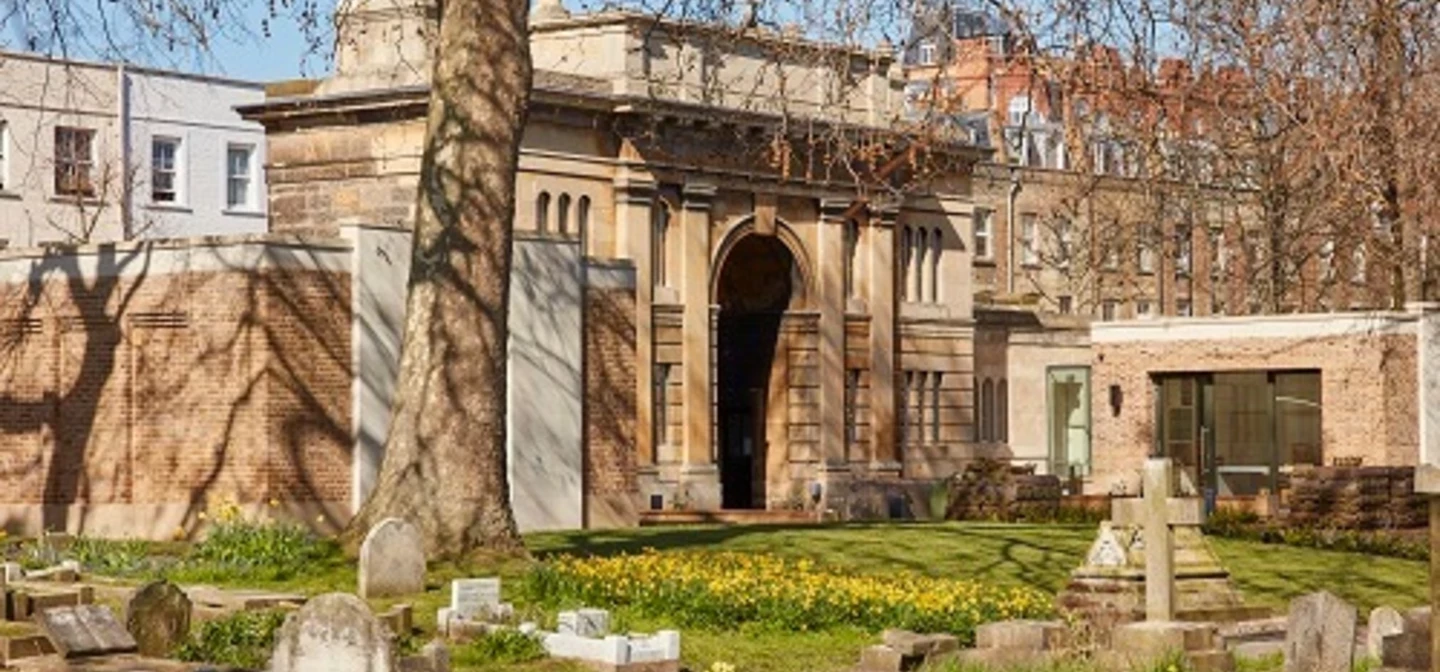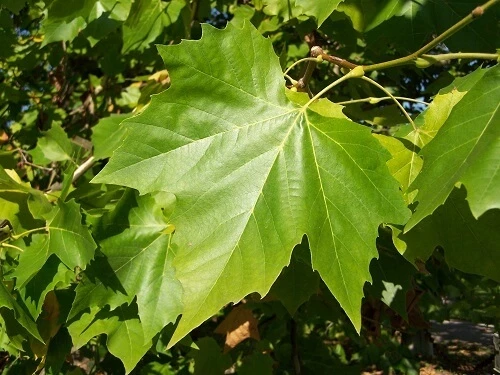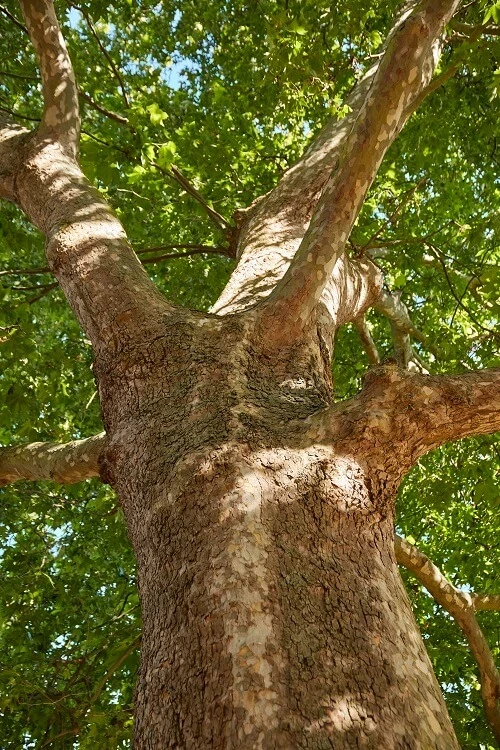
London plane
London’s most common tree is perfectly designed for city life.
Perfect tree for parks
The London plane (Platanus x hispanica) is a popular tree for planting along streets and in parks, because it is hardy and long-lived. These trees really don’t mind living in polluted towns and cities. Rain easily cleans their shiny leaves and they regularly shed their dirty bark. You will often see clean white patches on the trunks.

Leaves
London planes can live for several hundred years, and grow to be over 30m (100 feet) tall. Their leathery five-lobed leaves are similar to those of a maple or sycamore, and turn a spectacular yellowy-orange in the autumn.

Seeds
London planes produce ball-shaped clusters of seeds, which stay on the tree all winter. The clusters gradually break up in the spring, and the tiny seeds are dispersed by the wind. The seeds – and the leaves when they first appear – are covered in tiny hairs, which can irritate your nose and eyes.

Wood
The wood of the London plane, known as lacewood, was very popular for making veneers. It has a decorative lacy appearance, with patterns of red-brown flecks against a lighter background.
